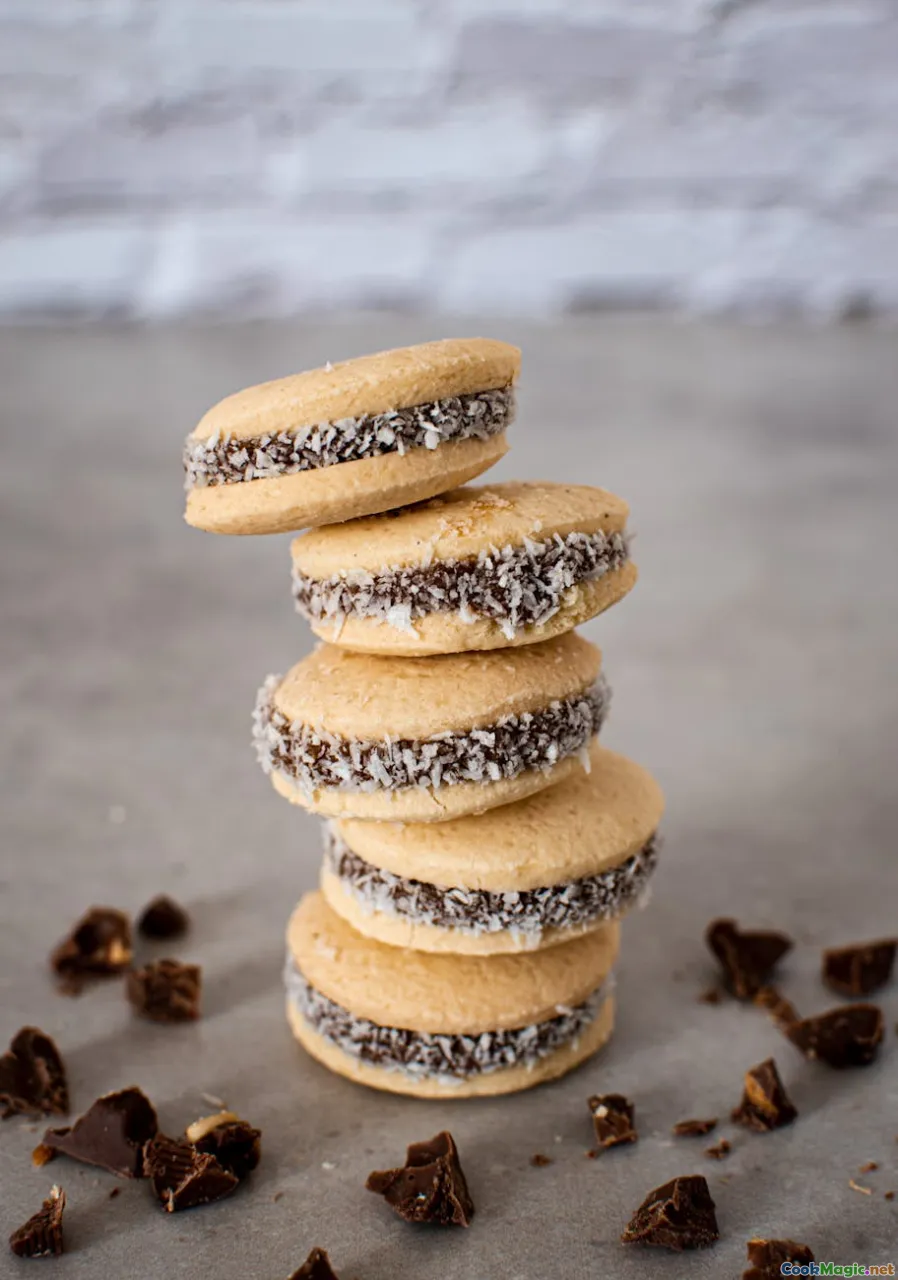A Guide to Argentine Confectionery Delights
8 min read Discover the rich tapestry of Argentine confectionery, from luscious dulce de leche to delicate alfajores, and explore the cultural stories behind these sweet treats. May 09, 2025 12:00
A Guide to Argentine Confectionery Delights
Introduction: A Sweet Journey Through Argentina
Imagine walking through the vibrant streets of Buenos Aires, where the aroma of freshly baked pastries and caramelized confections fills the air. Argentine confectionery is not just about sweet flavors; it’s a cultural tapestry woven with history, passion, and a deep love for indulgence. From the creamy, golden streams of dulce de leche to the delicate, layered alfajores, Argentine sweets offer a sensory voyage that captures the heart of this passionate country.
In this guide, we’ll explore the most iconic treats that define Argentine confections, delve into their origins, and share personal stories that reveal why these sweets are woven into the very fabric of Argentine life.
The Cultural and Historical Tapestry of Argentine Sweets
A Legacy of Spanish and Indigenous Influences
Argentina’s sweet traditions are a melting pot of Spanish, indigenous, and European influences. When Spanish colonists arrived, they brought with them sugar and baking techniques that blended seamlessly with indigenous ingredients like yerba mate and native fruits.
The Evolution of Dulce de Leche
Arguably the crown jewel of Argentine confections, dulce de leche, has a history as rich as its flavor. Legend has it that it was discovered accidentally when a maid left milk and sugar on the stove, only to find it transformed into a luscious, caramel-like spread. Over centuries, it became an integral part of Argentine identity—used in pastries, as a filling, or simply spooned onto bread.
Celebrations, Rituals, and Daily Life
Sweet treats mark every occasion in Argentina—from Sunday family gatherings to national holidays like Independence Day. Sharing dulce de leche or a box of alfajores is a gesture of warmth and hospitality.
Iconic Argentine Confectionery Delights
1. Dulce de Leche: The Golden Elixir
Description & Sensory Experience
Dulce de leche is a symphony of textures—smooth, velvety, and irresistibly creamy. Its color ranges from light caramel to deep amber, with a rich, sweet aroma that hints at toasted milk and caramelized sugar. When tasted, it envelops your palate with a luscious sweetness, leaving a lingering note of toasted vanilla.
Culinary Uses
This versatile spread elevates countless Argentine desserts: it’s the star filling in alfajores, drizzled over ice cream, or simply enjoyed with a slice of crusty bread.
2. Alfajores: The Elegant Sandwich Cookies
Description & Sensory Experience
Alfajores are delicate, melt-in-your-mouth cookies, often sandwiched with a generous layer of dulce de leche. The outer shells are buttery and tender, dusted with a light coating of powdered sugar or dipped in chocolate. The texture is a perfect harmony of crispness and softness.
Variations & Regional Specialties
While the classic alfajor features two shortbread-like cookies with dulce de leche, regional variants include coconut-coated versions or those dipped in dark chocolate, adding depth and contrasting textures.
3. Medialunas: Argentine Croissants
Description & Sensory Experience
These crescent-shaped pastries are slightly sweeter and denser than their French counterparts, with a flaky, buttery exterior that shatters softly with each bite. They often have a glossy, caramelized surface and a tender crumb inside.
Cultural Significance
Medialunas are a staple of Argentine breakfast, enjoyed with mate or coffee, embodying the country’s European culinary heritage.
4. Panqueques con Dulce de Leche
Description & Sensory Experience
Thin, tender pancakes generously filled with dulce de leche—a comforting and indulgent treat. Topped with powdered sugar or a drizzle of chocolate, they offer a warm, sweet embrace.
The Art of Argentine Confectionery: Techniques & Traditions
Making Dulce de Leche at Home
Crafting dulce de leche is an art. Traditional methods involve slow-cooking sweetened milk in a double boiler or baking it in the oven until it thickens into a caramel-like consistency. Modern techniques include using pressure cookers for quicker results. The key is patience and gentle heat to prevent burning.
Baking Alfajores
Preparing the perfect alfajores requires balancing the dough’s richness with the right baking time. The dough is rolled thin, cut into rounds, baked until just golden, and then assembled with a generous layer of dulce de leche. Finishing touches like coconut coating or chocolate dipping add complexity.
Preserving Confectionery Traditions
Many Argentine families pass down recipes through generations, each adding their personal touch. Visiting local bakeries and confectioneries often reveals secret techniques and family stories intertwined with each sweet.
Personal Reflections and Cultural Insights
Having traveled across Argentina, I’ve witnessed how these confections transcend mere sweets—they are moments of connection, memories, and pride. I remember sharing alfajores with a Buenos Aires family during a festive gathering; the way their eyes lit up as they recounted stories from their childhood, dipping cookies into warm dulce de leche, made me realize that these treats are more than just desserts—they are cultural ambassadors.
The act of sharing a box of alfajores or spooning dulce de leche onto bread becomes a ritual that strengthens bonds, preserves traditions, and celebrates life’s sweetest moments.
Conclusion: Embracing Argentina’s Confectionery Heritage
Argentine confections are a testament to the country’s rich history, diverse influences, and passion for good food. Whether you’re savoring the lusciousness of dulce de leche, enjoying the delicate crunch of an alfajor, or indulging in a warm medialuna, each bite connects you to a story—a story of tradition, family, and the joyful pursuit of sweetness.
So next time you encounter these treats, remember—they are more than just confections; they are a taste of Argentina’s soul, crafted with love and rooted in centuries of culinary art. ¡Buen provecho!









